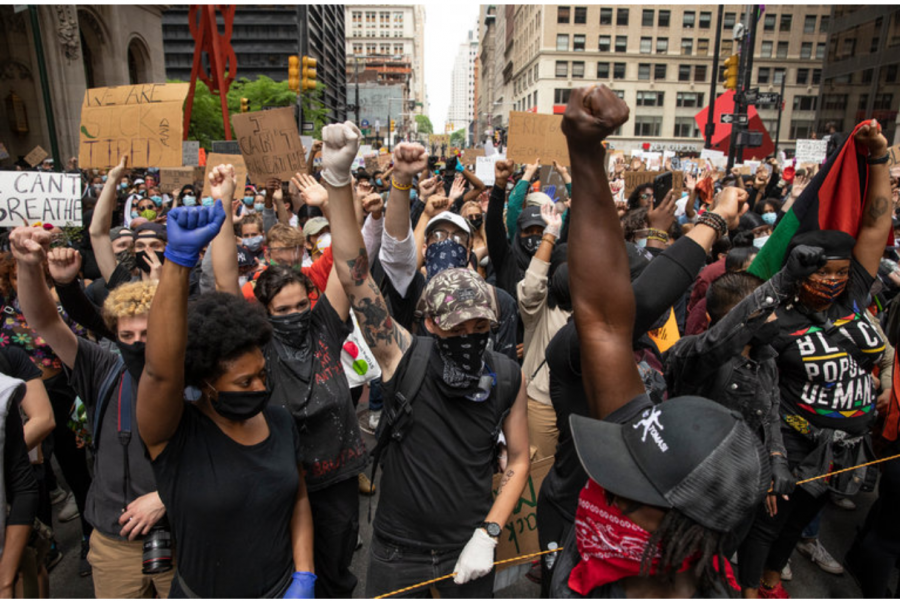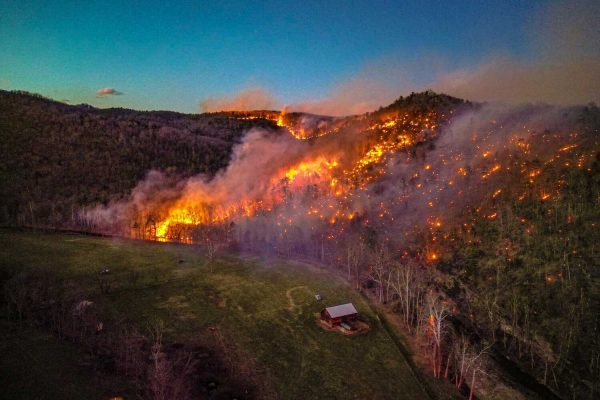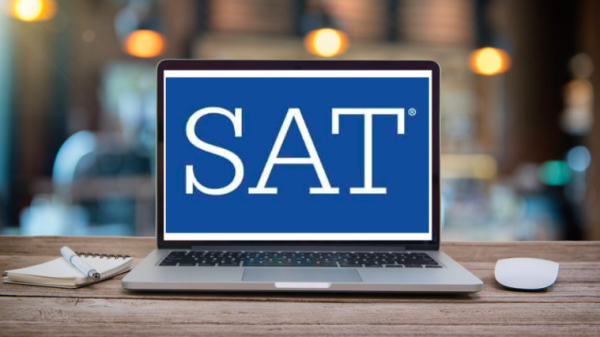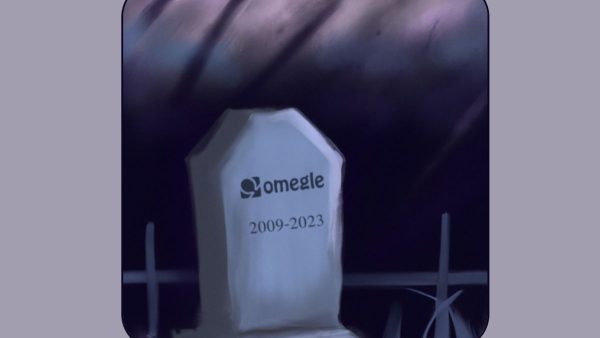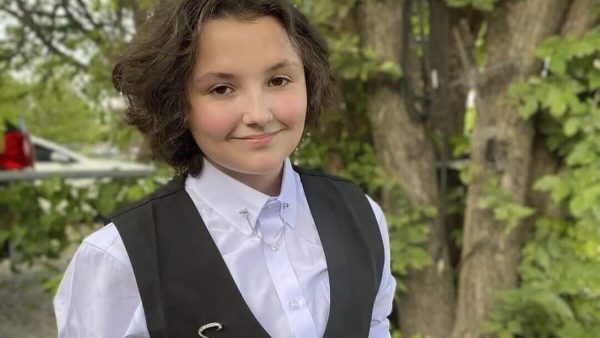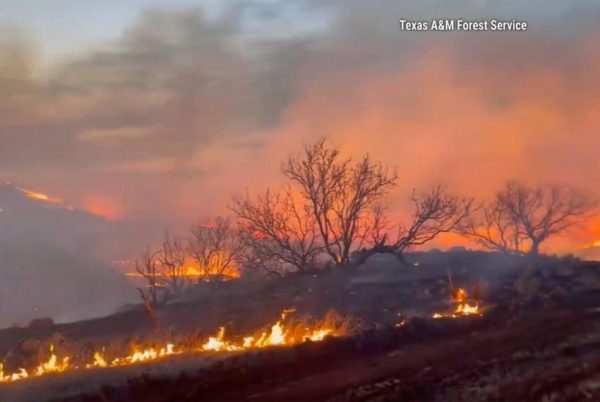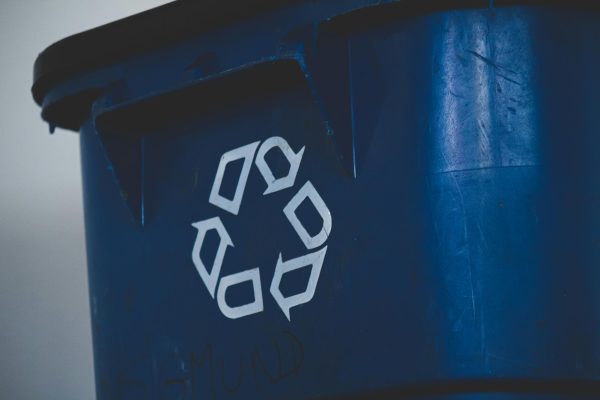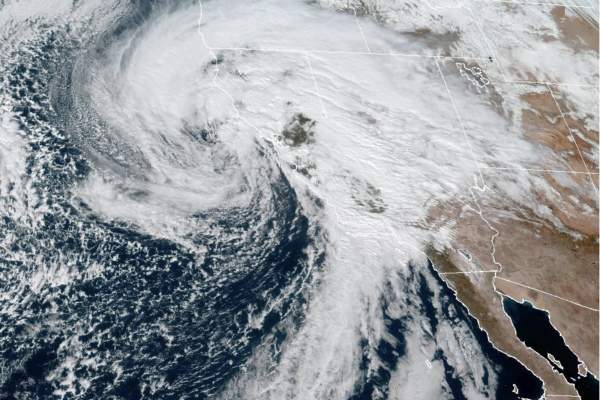George Floyd is a “Catalyst” for Nationwide Demands for Police Accountability
George Floyd’s death has sparked massive protests across the nation
June 3, 2020
8 minutes and 46 seconds. 8 minutes and 46 seconds is all the time it took for a Minneapolis police officer to claim the life of George Floyd, an 46 year-old unarmed black man, on May 25, 2020. Earlier that day, police responded to a 911 call from a deli employee claiming that a man had purchased a pack of cigarettes with a counterfeit 20 dollar bill. When a second squad car arrived at the scene 17 minutes later, it was too late. Floyd was already lifeless, victim to another act of police brutality.
His last words—“I can’t breathe”—continue to echo in the hearts and minds of people across the nation. These ushered words and circumstances ring eerily similar to the experience of Eric Garner, another victim of police brutality. In 2014, Garner was suspected of selling single cigarettes from packs lacking tax stamps. When NYPD officers concluded their visit on the scene, Garner was dead.
George Floyd’s death has sparked massive protests across the nation. In conjunction with the ideas of the Black Lives Matter movement, people have banded together with hopes of creating tangible, lasting change. In Houston, Floyd’s hometown, upwards of 60,000 people rallied in his memory; a memorial will take place in the city next week. In Chicago, as many as 5,000 demonstrators flooded the streets. Chicago Mayor Lori Lightfoot responded, “If there is to be an uprising, let it be for peace. I call on all people of goodwill, young, old, black, brown, white, Asian, from all faith traditions, to rise up with me for peace.”
Not all protests, however, have been peaceful. In recent days, New York has been subject to violent store looting and vandalism. Interactions between crowds and the police have become increasingly hostile, and numerous arrests have been made. In many states, both officers and protesters have been killed or severely injured during these mass gatherings.
Not all protesters are treated by law enforcement with respect. In Washington D.C. and Atlanta, largely peaceful protesters were blasted with pepper spray and shot with rubber bullets. Video footage captured a truck driving at high speeds through a crowd in Minneapolis. Fortunately, no one was injured.
Awareness continues to be spread through electronic devices and social media platforms. On Instagram, a site-wide protest emerged with the name #blackouttuesday. Users were instructed to post a black box in silent reflection of George Floyd’s death. While well-intended, some users tagging it as #blacklivesmatter are crowding out places where important information on the movement could otherwise be easily found.
The killing of George Floyd, a man posthumously representing the fears of people susceptible to racially targeted police brutality, is a situation that is horrifyingly all too familiar. In a nation increasingly agitated by the little progress being made in raising police accountability and eliminating brutality, he was the single match that forced people out from their homes and onto streets and social media platforms where they are passionately campaigning for justice.
To discover ways to help encourage change, click here.

